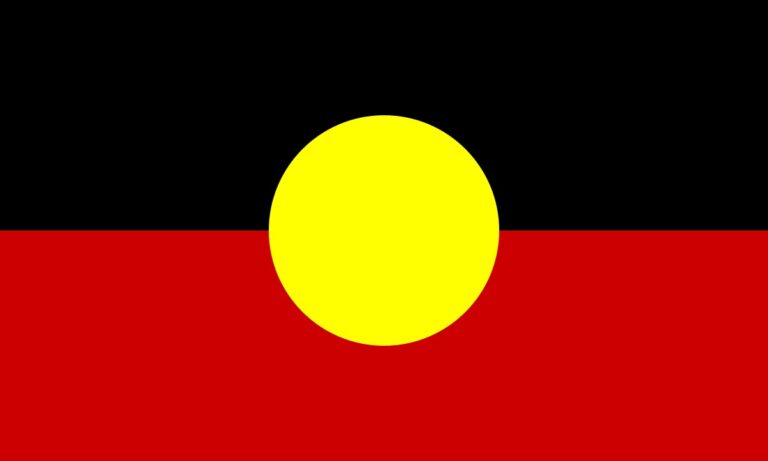Your local liquor chain is capturing more than just the market for alcohol.
A new study exploring the established link between off-premise alcohol outlets and the rate of assaults and injuries in Australia has found that large bottleshops and liquor chains contribute most substantially to trauma risk.
In addition to looking at location density, this study is one of the first to examine liquor outlet characteristics in detail; with researchers assessing the price and volume of alcohol for sale and whether the store is independent or part of a chain.
Commissioned by the Foundation for Alcohol Research and Education (FARE) the study, Disaggregating relationships between off-premise alcohol outlets and trauma, was led by Monash University and assessed 295 randomly selected takeaway liquor outlets in Melbourne.
Researchers studied trauma data supplied by Ambulance Victoria for intentional injuries like assaults, stabbing and shootings, as well as unintentional injuries such as a fall or being struck by an object.
The study found that the number of off-premise outlets is positively related to both intentional and unintentional injury.
Most interesting however, was that liquor chains appeared to contribute most substantially to trauma risk in neighbourhoods, with each additional chain outlet associated with a 35.3 per cent increase in intentional injuries and a 22 per cent increase in unintentional injuries.
Larger outlets and chains sold cheaper alcohol than independent stores, with the average price of the cheapest 750 ml bottle of wine being $5.54. Outlets that sold cheaper alcohol were more likely to be located in disadvantaged areas.
Monash University lead researcher, Chris Morrison says the new study adds valuable insight into what we already know about the link between alcohol outlet density and subsequent harms.
“Previous studies have found a greater concentration of outlets licensed to sell alcohol is positively related to trauma in the nearby area. The more outlets there are, the more harm. What we didn’t know before we undertook this research was what bearing the characteristics of the outlet have on the resulting harms. From this analysis we see clearly that alcohol chains are contributing to more assaults and injuries than independent outlets,” Mr Morrison said.
FARE Chief Executive Michael Thorn says the study has important implications for licensing authorities.
“It’s frankly unacceptable for licensing authorities to approve applications without consideration to the existing liquor outlet landscape when we know that limiting the number of off-license liquor outlets, particularly chain outlets would reduce the level of harm. Currently, the default position is ‘Yes’ for new liquor licence approvals in many states and territories and it is left to local governments and local communities to intervene if this isn’t suitable for their neighbourhood. Licensing authorities should instead be prioritising public health and safety and placing the onus of proof squarely on the shoulders of the applicant to prove otherwise,” Mr Thorn said.
This research has been released to coincide with FARE’s submission to the Treasury in response to the Harper Competition Policy Review Final Report.
The Review Panel acknowledged the harms caused by alcohol and the need for reviews of legislation to take proper account of the public interest to minimise harm, however Mr Thorn says not all of the Report findings were favourable.
“The Competition Policy Final Report left the door open to expand the sale of alcohol in supermarkets, a move that would increase the availability of alcohol and lead to an increase in alcohol harms, and as such, it’s vitally important that door is very firmly shut,” Mr Thorn said.
With the current National Competition Policy responsible for the dramatic increase in number of licensed premises in Australia, Mr Thorn says it is important that the Government adopt the Review Panel’s recommendation and build on this to prioritise harm minimisation in the new National Competition Policy.
“Alcohol is a harmful product and we know what happens when competition policy fails to acknowledge that. In Victoria alone, licensed premises have more than doubled since 1998 resulting in a dramatic increase in alcohol harms including a two-fold increase in alcohol-related ambulance attendances between 2003 and 2012. In the future, the Government must not only embrace the Review Panel’s acknowledgement that the harms from alcohol justify regulation, but also ensure that minimising these harms is effectively referenced and reinforced in the final competition policy legislation,” Mr Thorn said.
The poll also highlighted public scepticism of the alcohol industry’s intentions, with 69% wanting industry to be banned from making political donations and 59% of Australians believing the alcohol industry is targeting young people and minors under the legal drinking age.
Industry-led initiatives, such as asking young Australians for identification at the point-of-sale, are rarely being implemented. The poll found 42% of Gen Y had never been asked for ID in the last year at a bottle shop and 38% had never been asked at a pub, club or bar.
Australians are also concerned about the quantity and content of alcohol advertising the industry is producing. 73% had recently seen an alcohol advertising and the majority (69%) thought it was inappropriate, most commonly because the advertisement was aimed at young people or promoted drinking as key to success.
FARE’s Director of Policy and Research Caterina Giorgi says Australians are rightfully sceptical of an industry whose main imperative is to sell as much alcohol as possible.
“The poll shows the community is becoming wise to alcohol industry tactics; from targeting young people, to influencing policy and failing to effectively self-regulate their advertising. Alcohol is responsible for 15 deaths and 430 hospitalisations each day, and the majority of Australians want pubs, clubs and alcohol companies to pay for reducing these harms. It’s time the industry are held accountable for the harm their product causes,” Ms Giorgi said.
The poll also showed majority support for a number of other policies, including: increasing the number of police on our streets (85%), increasing the penalties for alcohol-related violence (86%), banning alcohol advertising from public transport (65%) and on television before 8:30pm (63%), introducing health information labels on alcohol products (60%), and developing a National Alcohol Plan for Australia which would outline strategies to be implemented by all levels of government (68%).
FARE Chief Executive Michael Thorn says the poll findings contain important evidence for policy makers, demonstrating Australian voters are keen to change our relationship with alcohol and that Australians are receptive to efforts to address this problem.
“The message from the 2015 alcohol poll is clear: Australians want to see change and they will respond positively to governments that take decisive action. Alcohol has long been seen as an issue that’s too hard to touch – but the poll shows this couldn’t be further from the truth.
A majority of Australians think alcohol is a problem, the majority support a range of policy solutions, and we’ve seen from the response to efforts to date that communities will reward strong leadership and embrace meaningful alcohol reform,” Mr Thorn said.






